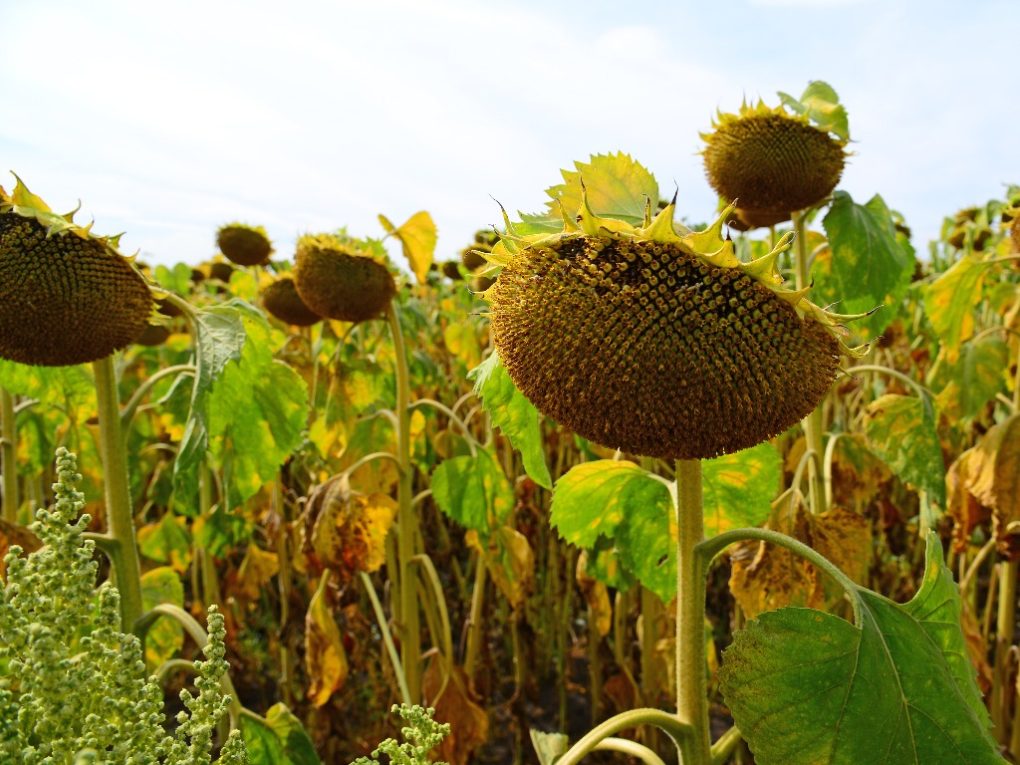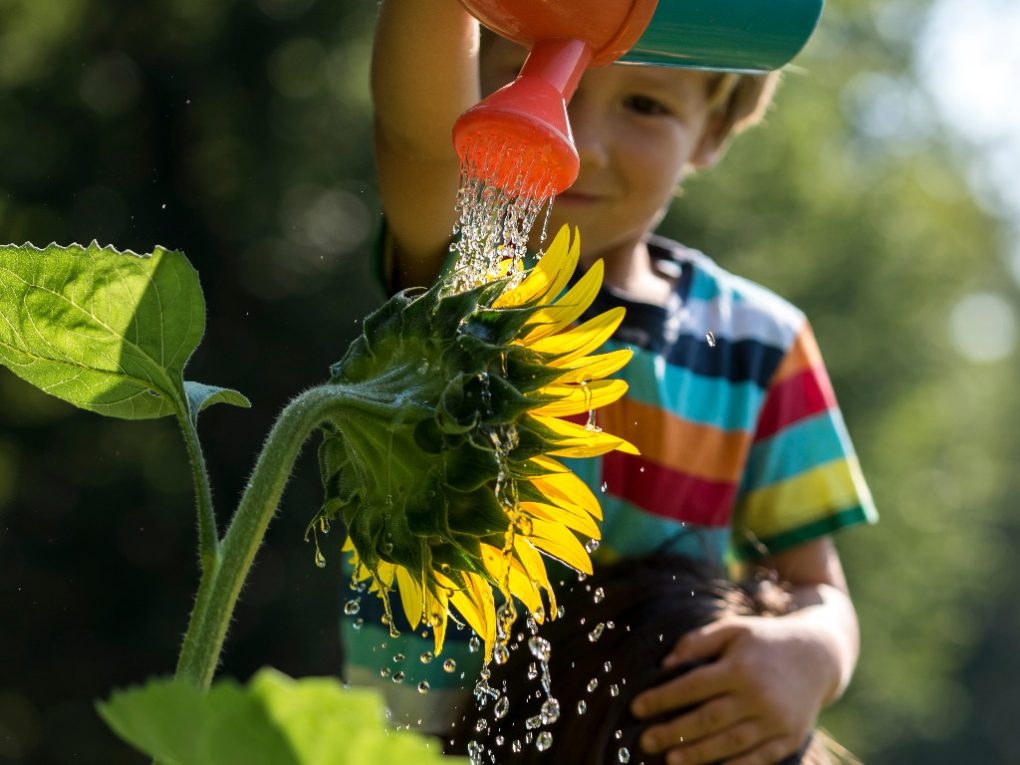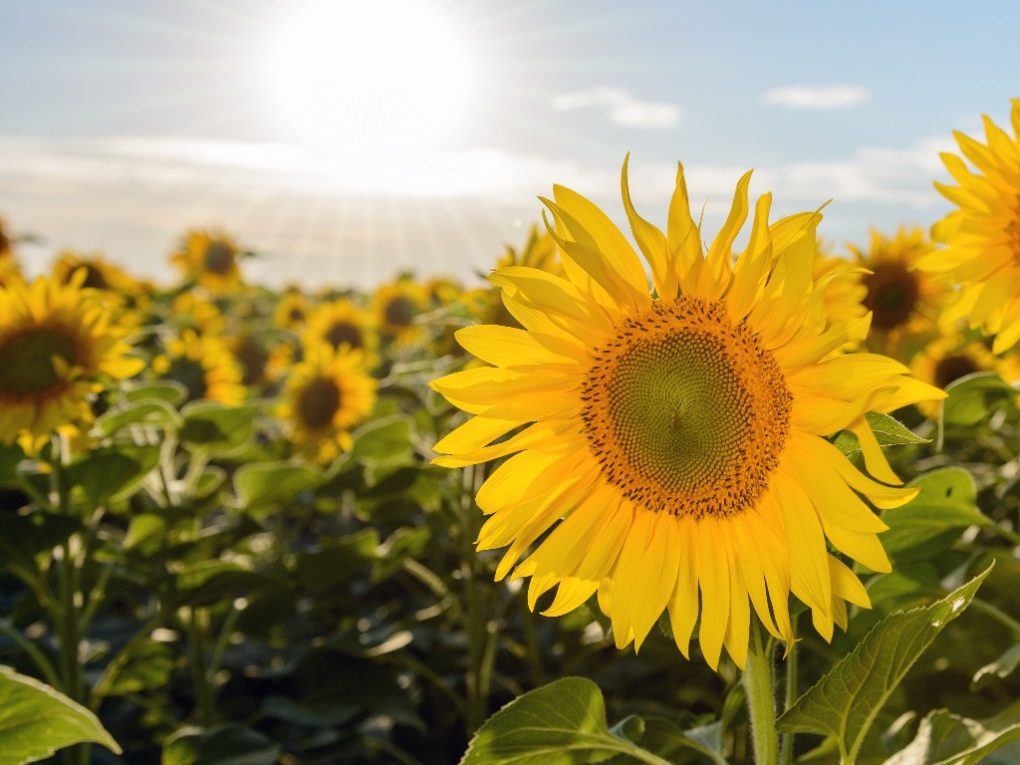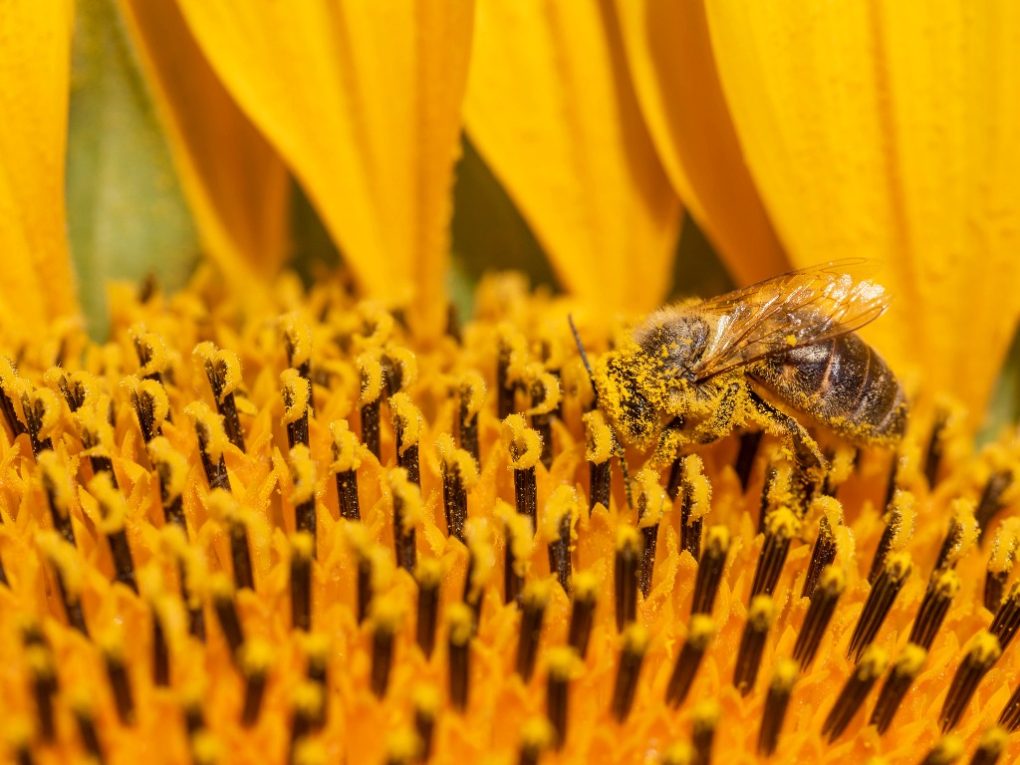When Do Sunflowers Produce Seeds: Factors That Affect Seed Production in Sunflowers
On average, sunflowers can take around 30 days to produce seeds after pollination, but this varies depending on temperature, humidity, and the specific variety of sunflowers.

During this time, the fertilized ovules in the sunflower’s flower head will begin to develop into seeds. As the seeds mature, the flower head will wilt and turn brown. Once the flower head has fully matured, the seeds will be ready for harvesting.
It is worth noting that sunflowers are typically self-pollinating, as they have both male and female reproductive organs within the same flower, which allows for self-fertilization. However, cross-pollination between sunflowers can still occur, particularly if multiple varieties are grown nearby.
Table of Contents
Factors That Affect Seed Production in Sunflowers
Temperature
Temperature can significantly affect seed production in sunflowers – ideal temperatures for sunflower seed production are between 25-28°C. If temperatures are too high, it can cause the sunflower plant to become stressed, leading to a poor seed set and reduced seed size.
On the other hand, if temperatures are too low, it can also negatively impact seed production by reducing the plant’s ability to photosynthesize and produce the energy needed for seed development. Low temperatures can also lead to frost damage, killing the developing seeds and flowers.
Temperature fluctuations can also have an impact on seed production. If temperatures fluctuate rapidly, it can cause the flower heads to wilt and reduce the number of seeds produced. Therefore, it’s important to provide optimal growing conditions for sunflowers, including monitoring the temperature, to help ensure healthy seed production.
Water
Sunflowers require consistent moisture throughout their growing season to produce healthy seeds. Adequate water ensures the growth of a healthy and vigorous plant, which can better support the development of seeds. In addition, more water can reduce the number of flowers, the size of seeds, and yield.

Overwatering can also negatively impact seed production. Overly saturated soil can lead to root rot, impairing the plant’s ability to absorb nutrients and water and ultimately reducing seed production. Additionally, waterlogged soil can cause the soil to compact, preventing the plant from developing deep roots and thus reducing its access to water and nutrients.
Sunflowers should be watered regularly, and the soil should be moist but not overly saturated. The frequency and amount of water required will depend on factors such as the type of soil, the climate, and the growth stage. To help maintain soil moisture, mulching can be done around the base of the plants. A good rule of thumb is to water sunflowers when the top inch of soil becomes dry.
Soil Fertility
Sunflowers require nutrient-rich soil to support healthy growth and development, which is necessary to produce seeds. The soil should contain sufficient nitrogen, phosphorus, potassium, and other essential micronutrients, such as zinc, iron, and manganese.
If the soil is deficient in these nutrients, the sunflower plants may grow poorly, resulting in fewer and smaller flowers and, ultimately, lower yields of seeds. Furthermore, the quality of the seeds may also be affected, with lower oil content and germination rates.
In addition to the nutrient content, soil pH plays an important role in sunflower seed production. Sunflowers prefer a pH range of 6.0 to 6.8, and soils that are too acidic or alkaline can negatively affect growth and seed production.
Therefore, it is important to maintain soil fertility and pH levels in the optimal range for sunflower growth and seed production. This can be achieved by adding organic matter, such as compost or manure, and applying fertilizers as needed based on soil tests. Additionally, crop rotation can help to maintain soil fertility and reduce soil-borne diseases that can affect sunflower growth and yield.
Sunlight
Sunflowers require full sun exposure for most of the day to produce healthy seeds. The sun provides energy during photosynthesis, converting sunlight into food for the plant. The more sunlight a sunflower receives, the more energy it can produce and the larger and healthier it will grow, increasing the yield of seeds.

If sunflowers do not receive enough sunlight, their growth and seed production can be negatively affected. Insufficient sunlight can result in weak and spindly plants that produce fewer and smaller flowers and, therefore, fewer seeds. Furthermore, with adequate sunlight, the plant may have enough energy to support the production of seeds, leading to reduced yields.
On the other hand, too much sunlight can also negatively impact sunflower seed production. In extremely hot and dry conditions, the plants can become stressed, leading to lower yields or even the failure of seed production. Therefore, it is essential to provide sunflowers with sufficient sunlight for healthy growth and seed production. Full sun exposure for most of the day is ideal for sunflowers.
Pollination
Pollination is crucial in sunflower seed production as it is required to form seeds. Sunflowers are typically self-compatible, meaning they can produce seeds when pollinated by their pollen. However, cross-pollination occurs when pollinators or the wind carries pollen from another sunflower plant, which can also increase seed production and improve seed quality.
When sunflowers bloom, the anthers in the center of the flower release pollen, which is then deposited on the stigma at the top of the pistil. If the pollen is viable, it will germinate and grow down the style to the ovary, where fertilization occurs and the seeds begin to develop.

If sunflowers are not adequately pollinated, seed production may be reduced, resulting in smaller seed heads and lower yields. Factors affecting pollination include a lack of pollinators, unfavorable weather conditions, and poor planting practices.
To ensure optimal pollination and seed production in sunflowers, it is important to provide a suitable habitat for pollinators, such as bees and butterflies, and to plant sunflowers in areas that receive adequate sunlight and moisture. Additionally, planting multiple varieties of sunflowers can increase cross-pollination and lead to greater seed production.
